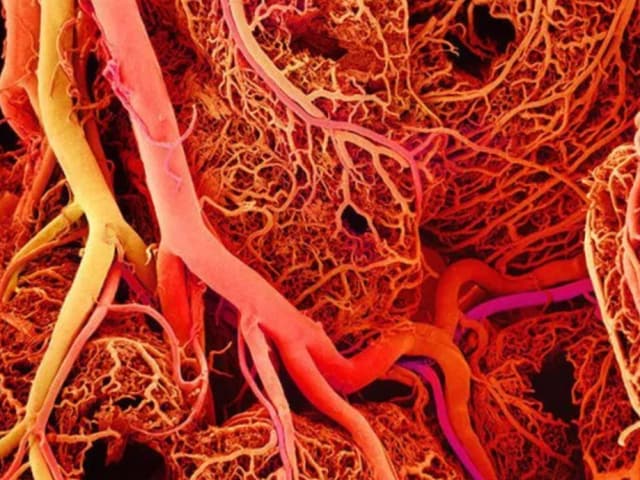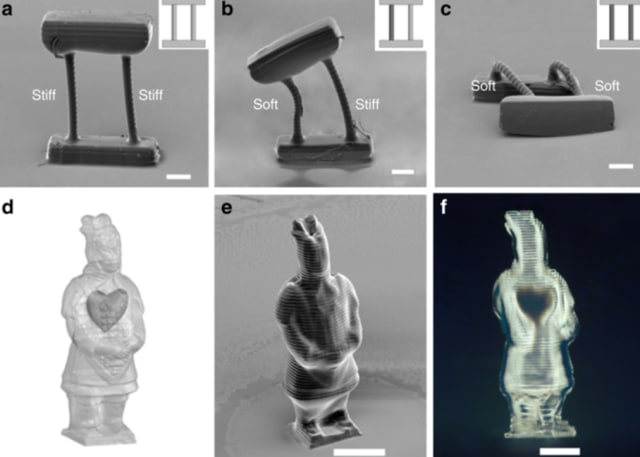According to the Center of Disease Control and Prevention, around 610,000 people die from heart disease every year in the United States alone. One of the main causes of these fatal heart conditions is the hardening of blood vessels, a critical issue that can not easily be fixed. But a new bioprinting technique could potentially make it easier to replace these vessels.
Researchers at the University of Colorado (CU) Boulder have been working on a 3D printing method that would make it possible to control the firmness of an object using oxygen and light exposure. By providing localized control over the firmness of an object, this technique could eventually be used to control the firmness of blood vessels. In fact, the team is hoping that one day, they will be able to 3D print artificial arteries and organ tissue that will be implanted into a human patient.
Xiaobo Yin, CU mechanical engineering associate professor and the study’s senior author, explains: “This is a profound development and an encouraging first step toward our goal of creating structures that function like a healthy cell should function.”

Controlling the Rigidity of Biomaterials with a Tabletop-Sized Printer
To develop this method, the researchers used a tabletop-sized 3D printer and biomaterial to produce objects that were about the size of one-tenth the width of human hair.
The team was able to mimic the complex structure of pliable blood vessels by 3D printing layers of the biomaterial. With the desktop bioprinter, the researchers were able to program and control the rigidity of the artificial blood vessels.
This was made possible by having complete control over both light exposure and oxygen migration. In this process, a layer of biomaterial allows for a fixed rate of oxygen permeation to occur.
The initial experimentation involved three different 3D printed versions of a top beam supported by two rods. Each model was identical in size and shape, differing only the rod rigidity. While the top beam had support from the harder rods, the softer versions would collapse. The technique was then repeated to print a small warrior figurine that was hard on the outside and soft on the inside.

“The idea was to add independent mechanical properties to 3D structures that can mimic the body’s natural tissue… This technology allows us to create microstructures that can be customized for disease models… The challenge is to create an even finer scale for the chemical reactions… But we see tremendous opportunity ahead for this technology and the potential for artificial tissue fabrication,” explains Yin.
The end-goal of the research is to improve the way that conditions like hypertension are treated, ultimately making the process more personalized for each patient. However, the research team admits they still have a lot of work to do before this hope becomes a reality.
The research findings were recently published in the academic journal Nature Communications.
License: The text of "Researchers Develop 3D Bioprinting Technique That Could Help Combat Heart Disease" by All3DP is licensed under a Creative Commons Attribution 4.0 International License.